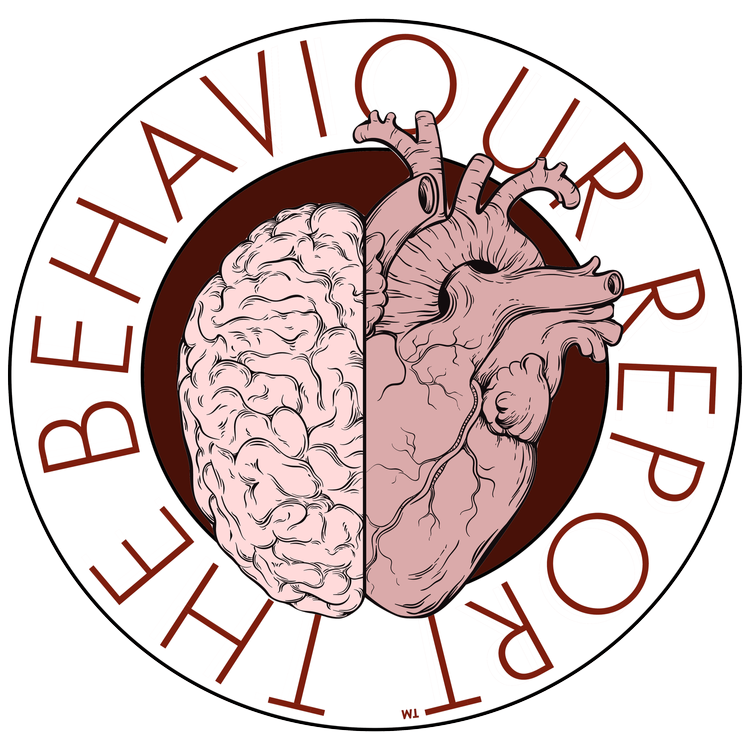Kieran Flanagan @ThinkKieranF
As someone who works as a professional conference speaker, I spend rather a lot of time travelling to exotic locations and mostly seeing the inside of an airport lounge or the ballroom of a swish hotel - occasionally I’ll sneak off for a quick dip in the pool.
Luckily, I also get to see some pretty incredible thought leaders and speakers who are exciting, entertaining and thought provoking. Although, I’ll be honest with you, not nearly enough of them.
Mostly what I get to see, are rather predictable presentations by sales managers, department heads and leaders that, if not completely eye-closing are at least a little eye-glazing in their repetitive and monotonous natures. In other words, I see the same presentations day in and day out with a few slightly different data points presented in far too generic a fashion. This, I believe, is a missed opportunity and frankly a waste of people’s time.
Of course, not all of us can be Tony Robbins, and nor should we aspire to be. Again, a full day of one Tony Robbins after another would simply be a different kind of monotony.
To effectively engage your team and your stakeholders when presenting in a ballroom or a boardroom, we need to (without trying to sound all woo woo about it) discover our own voice and then amplify it (with or without a microphone).
Discover your voice
This is easier said than done.
Discovering our voice is really a process of self-awareness, a practice that many of us spend far too little time engaged in. It’s relatively easy to know your job, your role, your product, service or organisational purpose and brand, however, being clear on who you are in that context, what uniqueness and contribution you bring to the party can be rather more difficult.
So, before you speak, it’s worth knowing WHO is speaking.
Different environments and subjects will necessarily demand different tones of voice and styles of delivery, so it’s useful to establish who you need to be in the context you are communicating in. Are you required to be the inspirational leader at the sales conference, the stoic bearer of bad news at a board meeting or the safe hands at the wheel at the AGM in front of shareholders?
It’s often useful to think of yourself in the third person (and no, I don’t mean refer to yourself in the third person). In other words, consider which celebrity actor you would like to play you in the presentation your preparing for and then question what it is about them that makes them appropriate to the message and the situation.
What are the characteristics?
What is it about their voice?
Do they tell personal stories or bring facts to life through case studies?
Are the factual and impactful or humorous and human?
And critically, where do you overlap?
Establishing your “character” for the particular presentation and context can be critical to increasing engagement and commanding attention.
Amplify your voice
Again, this is context dependent. You don’t want to bring “big stage” you to a meeting with two colleagues at a cafe!
However, neither do you want to play small. Speaking powerfully not only creates a sense of confidence and certainty in your audience, it can also have a positive physiological effect on you as well.
Of course, speaking powerfully is not just about volume, you can whisper powerfully if you need to, but it is about turning your personal “volume,” your unique tone of voice, up to 11 - to borrow a phrase from This is Spinal Tap.
What does that mean? It means you need to be yourself plus a little bit more. A little bit more you that typical you.
And because there really only is one you, you will necessarily be “less of the same”. Thank you!
